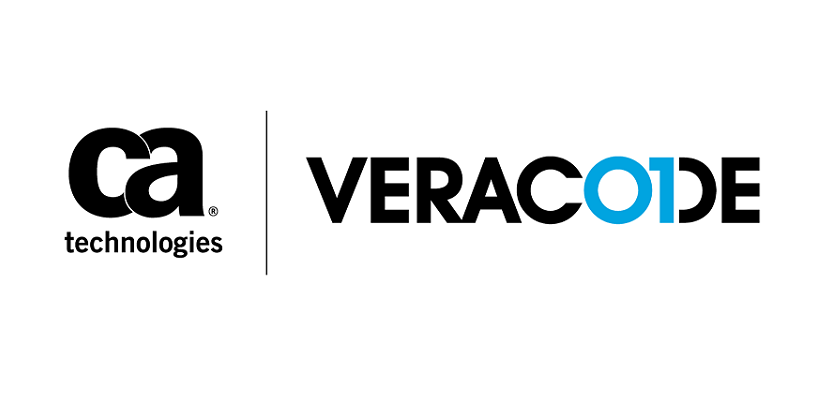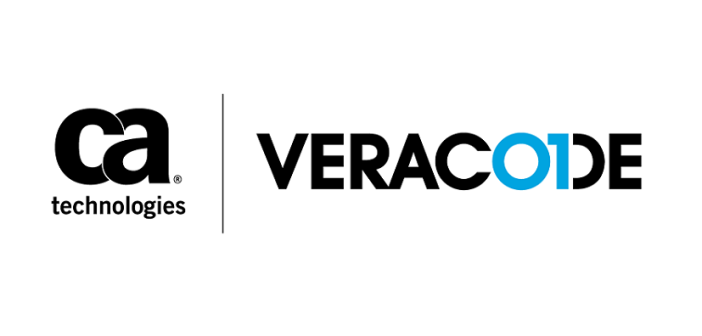
First Veracode analysis of flaw persistence finds 1 in 4 flaws remain open more than a year after discovery
CA Veracode, part of CA Technologies industry-leading security portfolio, has released the latest State of Software Security (SOSS) report. The study includes promising signs that DevSecOps is facilitating better security and efficiency, and provides the industry with the company’s first look at flaw persistence analysis, which measures the longevity of flaws after first discovery.
The State of Software Security is Improving
In every industry, organizations are dealing with a massive volume of open flaws to address, and they are showing improvement in taking action against what they find. According to the report, 69 percent of flaws discovered were closed through remediation or mitigation, an increase of nearly 12 percent since the previous report. This shows organizations are gaining prowess in closing newly discovered vulnerabilities, which hackers often seek to exploit.
Despite this progress, the new SOSS report also shows that the number of vulnerable apps remains staggeringly high, and open source components continue to present significant risks to businesses. More than 85 percent of all applications contain at least one vulnerability following the first scan, and more than 13 percent of applications contain at least one very high severity flaw. In addition, organizations’ latest scan results indicate that one in three applications were vulnerable to attack through high or very high severity flaws.
An examination of fix rates across 2 trillion lines of code shows that companies face extended application risk exposure due to persisting flaws:
- More than 70 percent of all flaws remained one month after discovery and nearly 55 percent remained three months after discovery
- 25 percent of high and very high severity flaws were not addressed within 290 days of discovery
- Overall, 25 percent of flaws were fixed within 21 days, while the final 25 percent remained open, well after a year of discovery
“Security-minded organizations have recognized that embedding security design and testing directly into the continuous software delivery cycle is essential to achieving the DevSecOps principles of balance of speed, flexibility and risk management. Until now, it’s been challenging to pinpoint the benefits of this approach, but this latest State of Software Security report provides hard evidence that organizations with more frequent scans are fixing flaws more quickly,” said Chris Eng, vice president of Research, CA Veracode. “These incremental improvements amount over time to a significant advantage in competitiveness in the market and a huge drop in risk associated with vulnerabilities.”
Data Supports DevSecOps Practices
In its third consecutive year documenting DevSecOps practices, the SOSS analysis shows a strong correlation between high rates of security scanning and lower long-term application risks, presenting significant evidence for the efficacy of DevSecOps. CA Veracode’s data on flaw persistence shows that organizations with established DevSecOps programs and practices greatly outperform their peers in how quickly they address flaws. The most active DevSecOps programs fix flaws more than 11.5 times faster than the typical organization, due to ongoing security checks during continuous delivery of software builds, largely the result of increased code scanning. The data shows a very strong correlation between how many times a year an organization scans and how quickly they address their vulnerabilities.
Open Source Components Continue to Thwart Enterprises
In prior SOSS reports, data has shown that vulnerable open source software components run rampant within most software. The current SOSS report found that most applications were still rife with flawed components, though there has been some improvement on the Java front. Whereas last year about 88 percent of Java applications had at least one vulnerability in a component, it fell to just over 77 percent in this report. As organizations tackle bug-ridden components, they should consider not just the open flaws within libraries and frameworks, but also how they are using those components. By understanding not just the status of the component, but whether or not a vulnerable method is being called, organizations can pinpoint their component risk and prioritize fixes based on the riskiest uses of components.
Regional Differences in Flaw Persistence
While data from U.S. organizations dominate the sample size, this year’s report offers insights into differences by region in how quickly vulnerabilities are being addressed. Companies in Asia Pacific (APAC) are the quickest to remediate, closing out 25 percent of their flaws in about 8 days, followed by 22 days for the Americas and 28 days for those in Europe and the Middle East (EMEA). However, companies in the U.S. and the Americas caught up, closing out 75 percent of flaws by 413 days, far ahead of those in APAC and EMEA. In fact, it took more than double the average time for EMEA organizations to close out three-quarters of their open vulnerabilities. The data showed EMEA companies lagged behind the average significantly at every milepost of the flaw persistence intervals. Troublingly, 25 percent of vulnerabilities in organizations in EMEA persisted more than two-and-a-half years after discovery.
Download CA Veracode’s State of Software Security here.
About the State of Software Security Report
This is CA Veracode’s ninth iteration of the State of Software Security (SOSS) report, a comprehensive review of application security testing data from scans of more than 2 trillion lines of code conducted by CA Veracode’s base of 2,000 customers representing the industry’s most comprehensive set of application security benchmarks. The report investigated variables such as flaw type, severity, app criticality, rate of scanning impact on fix velocity, and persistence of flaws after discovery. For this iteration, CA Veracode collaborated with data scientists at Cyentia Institute to better visualize and understand vulnerability fix behavior.
Methodology
CA Veracode’s methodology for data analysis uses statistics from a 12-month sample window. The data represents more than 700,000 application assessments submitted for analysis during the 12-month period from April 1, 2017 through March 31, 2018. The data represents large and small companies, commercial software suppliers, open source projects, and software outsourcers. In most analyses, an application was counted only once, even if it was submitted multiple times as vulnerabilities were remediated and new versions uploaded.
The report contains findings about applications that underwent static analysis, dynamic analysis, software composition analysis, and/or manual penetration testing through CA Veracode’s cloud-based platform. The report considers data that was provided by CA Veracode customers (application portfolio information such as assurance level, industry, application origin) and information that was calculated or derived in the course of CA Veracode analysis (application size, application compiler and platform, types of vulnerabilities, and CA Veracode Level – predefined security policies which are based on the NIST definitions of assurance levels).
About CA Veracode
Veracode, CA Technologies application security business, is a leader in helping organizations secure the software that powers their world. CA Veracode’s SaaS platform and integrated solutions help security teams and software developers find and fix security-related defects at all points in the software development lifecycle, before they can be exploited by hackers. Our complete set of offerings help customers reduce the risk of data breaches, increase the speed of secure software delivery, meet compliance requirements, and cost effectively secure their software assets- whether that’s software they make, buy or sell.
CA Veracode serves more than 2,000 customers across a wide range of industries, including nearly one-third of the Fortune 100, three of the top four U.S. commercial banks and more than 20 of Forbes’ 100 Most Valuable Brands. Learn more at www.veracode.com, on the Veracode blog, on Twitter and in the CA Veracode Community.





